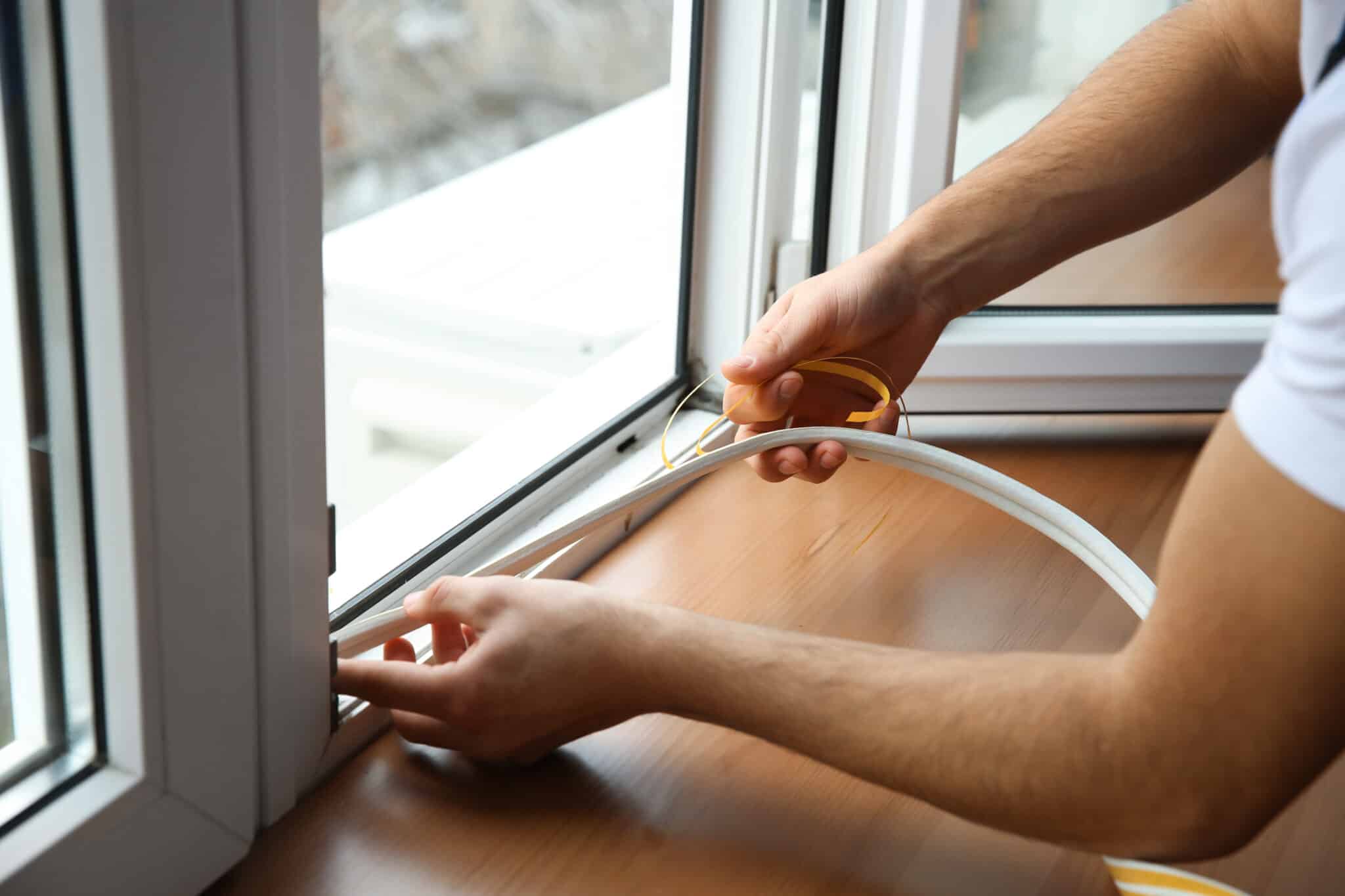

Articles
Window Repairs & How-To
Modified: October 20, 2024
Learn how to repair windows with our informative articles. Find expert tips, step-by-step guides, and DIY solutions for all your window repair needs.
(Many of the links in this article redirect to a specific reviewed product. Your purchase of these products through affiliate links helps to generate commission for Storables.com, at no extra cost. Learn more)
Introduction
Windows are an essential part of any building. They provide natural light, ventilation, and a connection to the outside world. However, over time, windows can encounter various issues that require repairs. Whether it’s a drafty window, a broken pane, or a malfunctioning window frame, understanding how to tackle these repairs can help you maintain the functionality and aesthetics of your windows. In this article, we will delve into the different types of window repairs and provide step-by-step instructions on how to address them effectively.
Key Takeaways:
- Properly identifying and addressing common window issues such as drafts, broken panes, and deteriorating frames is essential for maintaining energy efficiency, indoor comfort, and the overall functionality of your windows.
- Equipping yourself with the right tools and materials, along with the knowledge of effective repair techniques, empowers you to successfully restore and maintain your windows, ensuring their optimal condition and longevity.
Read also: 12 Best Window Fan With Remote for 2025
Understanding Window Repairs
Before we jump into the repairs, it’s important to familiarize ourselves with common window problems. One of the most common issues is drafty windows. These can lead to discomfort and increased energy bills, as they allow cold air to seep in during the winter and warm air to escape during the summer. Another common problem is broken window panes, which may occur due to accidents, weather damage, or improper handling. Lastly, window frames and sashes can deteriorate over time, especially if they are made of wood, leading to structural issues and difficulties in opening and closing the windows.
Types of Window Repairs
There are several types of window repairs that you may encounter. These include:
- Drafty Window Repairs: These focus on identifying and sealing any gaps and cracks in the window frames and sashes to prevent air leakage.
- Broken Window Pane Repairs: This involves replacing the broken pane with a new one and ensuring it is properly installed.
- Window Frame and Sash Repairs: These repairs address issues such as rotting wood, reinforcing weak frames, and adjusting window sashes for smooth operation.
- Window Hardware Repairs: This includes fixing or replacing window locks, lubricating tracks, and addressing other mechanical issues.
Tools and Materials Needed for Window Repairs
Before you start any window repair project, it’s essential to gather the necessary tools and materials. Some common tools you may need include a caulking gun, putty knife, screwdriver set, hammer, and tape measure. Additionally, you might require materials like weatherstripping, glazing compound, window cleaner, and replacement glass. Having these items ready will ensure a smooth and efficient repair process.
Key Takeaways:
- Properly identifying and addressing common window issues such as drafts, broken panes, and deteriorating frames is essential for maintaining energy efficiency, indoor comfort, and the overall functionality of your windows.
- Equipping yourself with the right tools and materials, along with the knowledge of effective repair techniques, empowers you to successfully restore and maintain your windows, ensuring their optimal condition and longevity.
Read also: 12 Best Window Fan With Remote for 2025
Understanding Window Repairs
Windows are an essential part of any building, providing natural light, ventilation, and a connection to the outside world. However, over time, windows can encounter various problems that require repairs. To effectively address these issues, it is important to understand the common challenges that windows face and the types of repairs that may be needed.
Common Window Problems:
1. Drafty Windows: One of the most common issues that people encounter with their windows is drafts. Drafts occur when cool air from outside enters the room through small gaps and cracks around the window frames and sashes. This can lead to discomfort, energy loss, and increased utility bills. Detecting and sealing these drafts is an important aspect of window maintenance and repair.
2. Broken Window Panes: Accidents, extreme weather conditions, or improper handling can cause window panes to break. A broken window pane not only compromises the aesthetics of your windows but also poses a safety and security risk. It is important to address this issue promptly and replace the broken pane with a new one.
3. Window Frame and Sash Issues: Window frames and sashes can deteriorate over time, especially if they are made of wood. Factors such as moisture, pests, and wear and tear can lead to rotten wood, weakened frames, and difficulty in opening and closing the windows. Repairing and reinforcing the frames and sashes is crucial for the overall functionality and longevity of your windows.
Types of Window Repairs:
1. Drafty Window Repairs: These repairs focus on sealing any gaps and cracks in the window frames and sashes to prevent air leakage. Common methods include applying weatherstripping, caulking, and using draft stoppers. Proper insulation and sealing of windows can significantly reduce energy loss and improve indoor comfort.
2. Broken Window Pane Repairs: When a window pane breaks, it needs to be replaced with a new one. This repair involves removing the broken glass, ensuring the frame is intact, and installing a new pane securely. Proper measurement, selecting the right type of glass, and sealing the edges are essential for a successful window pane repair.
3. Window Frame and Sash Repairs: Repairing window frames and sashes may involve various tasks, such as replacing rotten wood, reinforcing weak areas, and adjusting the alignment of the sashes for smooth operation. These repairs may require woodworking skills and the use of appropriate tools and materials.
Understanding the common problems and types of repairs associated with windows is the first step in maintaining and improving their performance. By addressing these issues promptly and effectively, you can ensure that your windows continue to provide the desired functionality, energy efficiency, and aesthetic appeal for years to come.
Tools and Materials Needed for Window Repairs
Before you embark on any window repair project, it is important to gather the necessary tools and materials to ensure a smooth and successful repair process. Having the right tools at hand will save you time, effort, and frustration. Here is a list of commonly used tools and materials for window repairs:
Tools:
- 1. Caulking Gun: A caulking gun is essential for applying weatherstripping or sealant around window frames and sashes to prevent drafts.
- 2. Putty Knife: A putty knife is useful for removing old caulk or glazing compound when replacing window panes or repairing frames.
- 3. Screwdriver Set: A versatile set of screwdrivers will come in handy for removing screws when disassembling window hardware or adjusting sashes.
- 4. Hammer: A hammer is necessary for any tasks that involve nails, such as fixing loose window frames or securing new glass panes.
- 5. Tape Measure: Precise measurements are crucial when replacing window panes or assessing frame dimensions for repairs.
- 6. Utility Knife: A utility knife is essential for cutting and trimming materials like weatherstripping, glazing tape, or adhesive-backed foam tape.
- 7. Socket Set: A socket set can be useful for removing window hardware such as locks, hinges, or casement window crank handles.
- 8. Clamps: Clamps are handy for holding window frames together while repairs are being carried out, particularly when gluing or securing wood components.
- 9. Safety Equipment: Safety goggles, gloves, and a dust mask should be worn when working with broken glass, caulk, or other potentially hazardous materials.
Materials:
- 1. Weatherstripping: Weatherstripping materials, such as adhesive-backed foam tape or V-strip, are used to seal gaps and prevent drafts around windows.
- 2. Glazing Compound: Glazing compound is used to secure glass panes in window frames and create a weatherproof seal.
- 3. Replacement Glass: If you need to replace a broken window pane, you will need to obtain the correct size and type of replacement glass.
- 4. Wood Filler: Wood filler or epoxy putty is used to repair rotted or damaged wooden window frames.
- 5. Screws and Nails: Depending on the repair, you may need screws or nails to secure components or attach new hardware.
- 6. Paint: If you are repairing wooden frames or sashes, having matching paint at hand will allow you to touch up any areas that need repainting.
- 7. Cleaners and Solvents: Window cleaner, rubbing alcohol, or mild solvents may be needed to prepare surfaces for repairs or remove old adhesive.
- 8. Lubricant: A silicone-based lubricant can be used to ensure smooth operation of window tracks or hinges.
Having these tools and materials readily available will ensure that you are well-equipped to handle various window repair tasks. Remember to follow safety guidelines and proper procedures while working on your windows, and don’t hesitate to seek professional help if the repairs exceed your capabilities.
When repairing a window, always wear safety goggles and gloves to protect your eyes and hands from broken glass and sharp edges.
How to Identify and Fix Drafty Windows
Drafty windows can cause discomfort, energy loss, and higher utility bills. Detecting and sealing these drafts is an important step in maintaining a comfortable and energy-efficient home. In this section, we will discuss how to identify drafts and provide steps for effectively sealing and insulating windows.
Detecting Drafts:
Before you can fix a drafty window, you need to locate the source of the draft. Here are some methods to help you identify drafts:
- 1. Visual Inspection: Carefully examine the window frames, sashes, and the areas around them for any visible cracks, gaps, or damaged weatherstripping.
- 2. Feel for Airflow: On a windy day, use your hand or a lit candle to feel for air movement around the window. Pay attention to the edges of the window, the intersection between the frame and the wall, and the bottom of the sash.
- 3. Smoke Test: Light a stick of incense or a candle and move it around the window frame. If you notice the smoke or flame being drawn towards a particular area, it indicates a draft.
- 4. Use a Draft Detector: Commercial draft detectors, which use a smoke-like substance, can help pinpoint the exact location of drafts by producing visible streams in the presence of air movement.
Sealing and Insulating Windows:
Once you have identified the drafty areas, it’s time to seal and insulate the windows. Follow these steps to effectively eliminate drafts:
- 1. Weatherstripping: Apply weatherstripping around the window frames and sashes to create an airtight seal. Weatherstripping options include adhesive-backed foam tape, V-strip, or silicone bulb seals. Measure the length needed, cut the weatherstripping to size, and press it firmly in place.
- 2. Caulking: Use a caulk gun to apply a bead of caulk along the edges of the window frames and the gaps between the frame and wall. Ensure a continuous and smooth seal, and remove any excess caulk with a putty knife.
- 3. Draft Stoppers: Place draft stoppers or draft snakes along the bottom of the window sash to prevent drafts from entering. These can be purchased as pre-made products or easily made by stuffing a fabric tube with insulation material.
- 4. Window Film: Consider applying window film to the glass surface as an additional layer of insulation. Window film comes in different types, including thermal insulation film or low-emissivity (low-e) film, which reduces heat transfer between the window and the room.
- 5. Insulated Curtains or Blinds: Install insulated curtains or blinds to provide an extra barrier against drafts. These window treatments have thermal properties that help with insulation, reducing heat loss through the windows.
By effectively sealing and insulating your windows, you can significantly reduce drafts and improve energy efficiency. Not only will this result in a more comfortable living environment, but it will also help lower your heating and cooling costs.
Repairing Broken Window Panes
A broken window pane not only compromises the aesthetics of your windows but also poses safety and security risks. Repairing or replacing the broken glass is essential to restore the functionality and appearance of your windows. In this section, we will guide you through the process of assessing the damage and successfully replacing the window glass.
Assessing the Damage:
Before you begin the repair process, carefully assess the extent of the damage to the window pane. Here are some steps to help you evaluate the situation:
- 1. Wear Protective Gear: Put on safety goggles and gloves to protect yourself from any glass shards or sharp edges.
- 2. Check for Loose or Broken Glass: Remove any loose glass fragments or broken pieces from the window frame and safely dispose of them.
- 3. Inspect the Frame: Examine the window frame for any damage or issues that may have contributed to the breakage, such as rotting wood or improper installation.
- 4. Measure the Glass: Take accurate measurements of the opening where the glass needs to be replaced. Measure the height, width, and thickness of the glass to ensure a proper fit.
- 5. Consider Safety Glass: If you are replacing a large or vulnerable window, such as one near a door or in a high-risk area, consider using safety glass, such as tempered or laminated glass, for better protection against breakage.
Replacing Window Glass:
Once you have assessed the damage and gathered the necessary information, you can proceed with replacing the broken window pane. Follow these steps to ensure a successful replacement:
- 1. Remove the Old Glass: Carefully remove any remaining shards or fragments of the broken glass from the window frame. Use a putty knife or pliers to pry away any glazing or putty that may be holding the glass in place.
- 2. Clean the Frame: Thoroughly clean the window frame to ensure a clean and secure surface for the new glass. Remove any old glazing compound, dust, or debris using a brush or a vacuum.
- 3. Apply Glazing Compound: Apply a fresh layer of glazing compound along the edges of the frame, using a putty knife. This will create a seal and hold the new glass in place.
- 4. Insert the New Glass: Carefully place the new glass pane into the frame, ensuring a snug fit. Press it gently into the glazing compound so that it sticks in place.
- 5. Secure the Glass: Use glazier’s points or small metal clips to secure the glass to the frame. Place them evenly along the edges, pressing them firmly into the wood for a secure hold.
- 6. Apply More Glazing Compound: Once the glass is secure, apply another layer of glazing compound to cover the points or clips. Use the putty knife to smooth out the compound, ensuring a neat and watertight seal.
- 7. Allow the Compound to Dry: Let the glazing compound dry for the recommended time specified by the manufacturer before painting or applying any finishing touches.
It’s important to note that window glass replacement can be a delicate task. If you feel unsure or uncomfortable with the process, it’s always best to consult a professional window repair service to ensure the job is done safely and effectively.
Fixing Window Frames and Sashes
Window frames and sashes play a crucial role in the functionality and structural integrity of your windows. Over time, they can encounter issues such as rotting wood, weakened structures, or misaligned sashes. In this section, we will provide guidance on how to effectively repair window frames and sashes to restore their strength and functionality.
Repairing Rotten Wood:
Rotting wood is a common problem in window frames, especially if they are exposed to moisture or pests. Here are the steps to repair rotten wood:
- 1. Remove the Rotted Wood: Carefully remove any damaged or rotted wood from the window frame using a chisel, pry bar, or utility knife.
- 2. Treat the Area: Apply a wood preservative or fungicide to the surrounding wood to prevent further rotting.
- 3. Replace with New Wood: Cut a piece of treated lumber to the same dimensions as the removed section and install it securely in place using wood screws or nails.
- 4. Seal and Finish: Apply wood putty or epoxy filler to fill any gaps or cracks, and sand it down for a smooth surface. Finish the repair by priming and painting the repaired area to match the rest of the window frame.
Reinforcing Window Frames:
Window frames can weaken over time, compromising the overall stability and performance of the window. Here’s how you can reinforce window frames:
- 1. Assess and Identify Weak Points: Examine the window frames for any areas that show signs of weakness or need reinforcement.
- 2. Add Support: Install metal brackets or braces at the weak points to provide additional strength. Use screws or nails to secure them firmly to the frame.
- 3. Apply Epoxy or Wood Filler: If there are any cracks or gaps in the frame, fill them with epoxy or wood filler to strengthen the damaged areas.
- 4. Reinforce Joints: Use corner brackets or metal L-shaped brackets to reinforce the joints between the window frame and the wall, adding stability and preventing further damage.
Adjusting Window Sashes:
A misaligned or poorly functioning window sash can cause difficulty in opening or closing the window. Follow these steps to adjust window sashes:
- 1. Check for Obstructions: Inspect the tracks and channels for any debris, dirt, or obstructions that may hinder the movement of the window sash. Clean them thoroughly to ensure smooth operation.
- 2. Tighten or Loosen Screws: Look for screws located on the sides or bottom of the window sash. Loosen or tighten these screws to adjust the position of the sash within the frame.
- 3. Check the Balance System: If your windows have counterbalance systems, inspect them for proper tension. Adjust the tension if necessary to ensure that the sash stays in the desired position when opened.
- 4. Apply Lubricant: Use a silicone-based lubricant on the window tracks or channels to enhance the smooth movement of the sash.
Repairing window frames and sashes requires attention to detail and proper techniques. If you are unsure or uncomfortable with these repairs, it is advisable to seek professional assistance to ensure the job is done effectively and safely.
Read more: How To Childproof Windows
Maintaining Window Hardware
Proper maintenance of window hardware is essential for smooth operation and security. Over time, window locks may become worn or damaged, and window tracks can accumulate dirt and debris, causing friction. In this section, we will explore how to maintain window hardware by replacing window locks and lubricating window tracks.
Replacing Window Locks:
Window locks are a vital component of window security, and if they become worn, damaged, or non-functional, they should be replaced. Here’s how to replace window locks:
- 1. Identify the Type of Lock: Determine the type of lock installed on your windows, such as a sash lock, casement lock, or sliding window lock.
- 2. Remove the Old Lock: Unscrew or remove the old lock from the window frame using a screwdriver or the appropriate tool.
- 3. Purchase a Replacement Lock: Visit a hardware store or order a replacement lock online that matches the same type and size as the old lock.
- 4. Install the New Lock: Place the new lock in the designated position on the window frame and secure it with screws or any provided fasteners. Ensure that the lock operates smoothly and securely.
- 5. Test the Lock: After installation, test the lock to ensure that it properly locks and unlocks the window.
Lubricating Window Tracks:
Window tracks can accumulate dirt, dust, or debris over time, leading to a buildup that hinders smooth operation. Lubricating the window tracks can help mitigate friction and ensure easy opening and closing. Follow these steps to lubricate window tracks:
- 1. Clean the Tracks: Start by cleaning the window tracks using a vacuum cleaner or a brush to remove any loose dirt or debris.
- 2. Apply Lubricant: Use a silicone-based lubricant specifically formulated for windows. Apply a small amount of lubricant to a cloth or a paper towel, and then rub it along the tracks, ensuring that all surfaces are coated.
- 3. Move the Window: Open and close the window multiple times to distribute the lubricant evenly and allow it to penetrate the tracks.
- 4. Remove Excess Lubricant: Use a clean cloth to wipe away any excess lubricant, preventing it from attracting dust or causing a sticky residue.
Regular maintenance of window hardware, such as replacing worn locks and lubricating tracks, not only ensures smooth functionality but also promotes window longevity and enhances home security. If you encounter any complexities or difficulties during the maintenance process, it’s advisable to consult a professional window repair service for expert assistance.
Conclusion
Maintaining and repairing windows is vital for the overall functionality, comfort, and aesthetic appeal of your home or building. Whether you’re dealing with drafty windows, broken panes, damaged frames, or malfunctioning hardware, understanding the different types of window repairs can empower you to tackle these issues effectively. By following proper techniques and using the right tools and materials, you can successfully restore your windows to their optimal condition.
Identifying and fixing drafty windows is a crucial step in maintaining energy efficiency and indoor comfort. Detecting drafts by visual inspection, feeling for airflow, or conducting a smoke test allows you to pinpoint the areas that require sealing. With the use of weatherstripping, caulking, draft stoppers, and window film, you can effectively seal and insulate your windows, preventing air leakage and reducing energy loss.
Repairing broken window panes involves assessing the damage, removing the old glass, and replacing it with a new pane. By following proper measurement techniques, applying glazing compound, and securely fastening the glass, you can restore the functionality and appearance of your window while ensuring a watertight seal.
Fixing window frames and sashes is crucial for structural stability and smooth operation. Repairing rotten wood by removing the damaged sections, treating the area, and installing new wood helps prevent further deterioration. Similarly, reinforcing weak frames using brackets or braces, as well as adjusting misaligned window sashes, enhances the overall strength and functionality of the windows.
Maintaining window hardware is essential for security and ease of use. By replacing worn or damaged window locks with new ones, you can ensure that your windows are securely locked, enhancing the safety of your home. Additionally, lubricating window tracks with silicone-based lubricant helps reduce friction and allows for effortless opening and closing.
In conclusion, by understanding the various types of window repairs and following the recommended repair techniques, you can achieve efficient and successful results. Regular maintenance and timely repairs contribute to the longevity, energy efficiency, and aesthetic appeal of your windows. Remember to prioritize safety, seek professional assistance when needed, and enjoy the benefits of well-maintained windows in your home or building.
Frequently Asked Questions about Window Repairs & How-To
Was this page helpful?
At Storables.com, we guarantee accurate and reliable information. Our content, validated by Expert Board Contributors, is crafted following stringent Editorial Policies. We're committed to providing you with well-researched, expert-backed insights for all your informational needs.

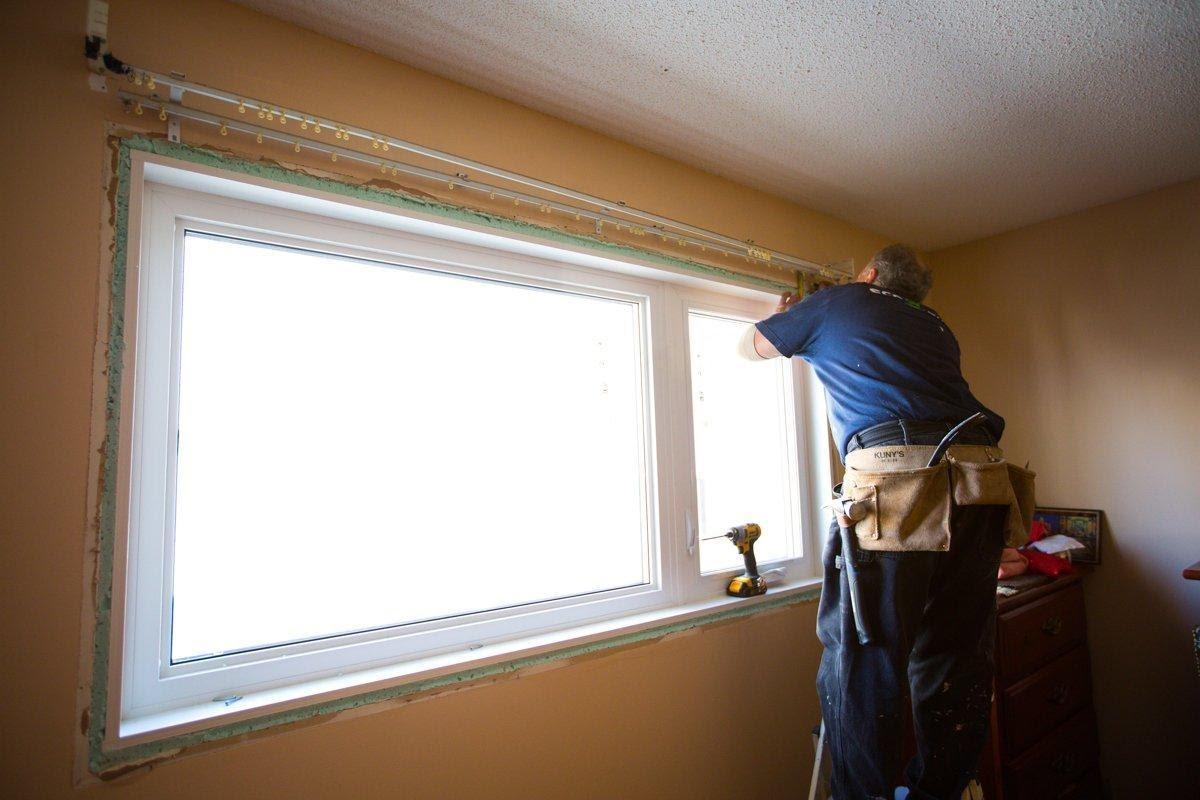

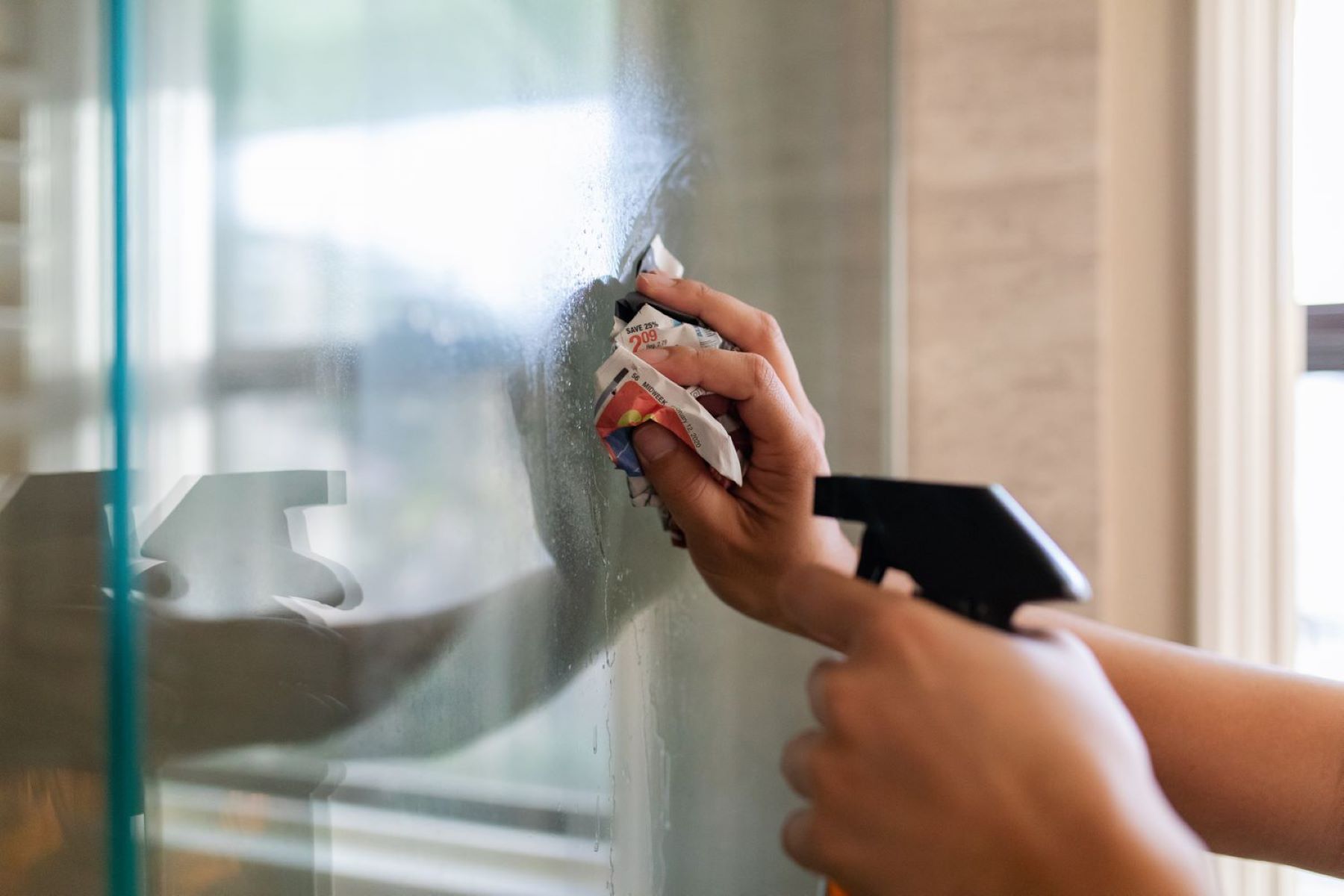


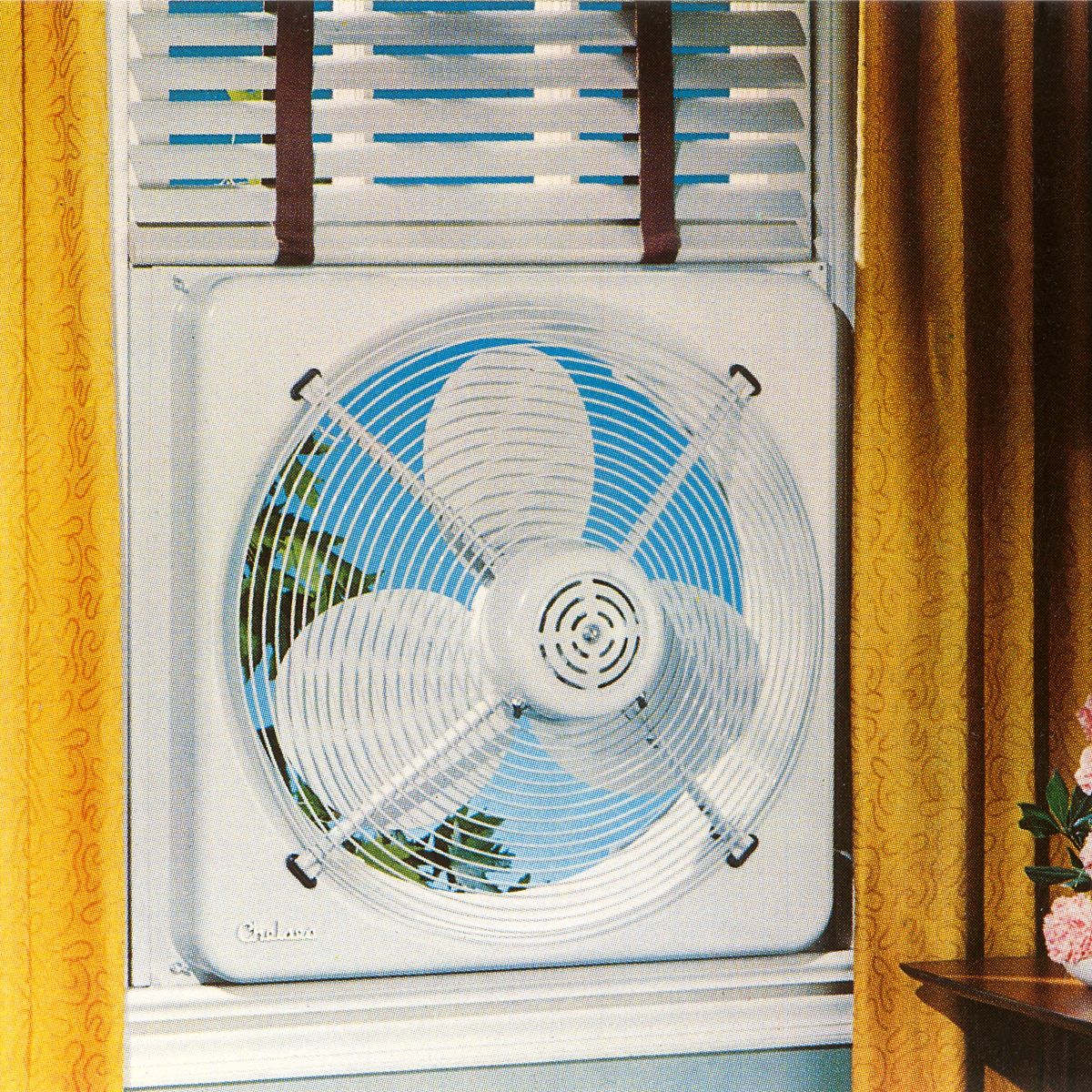
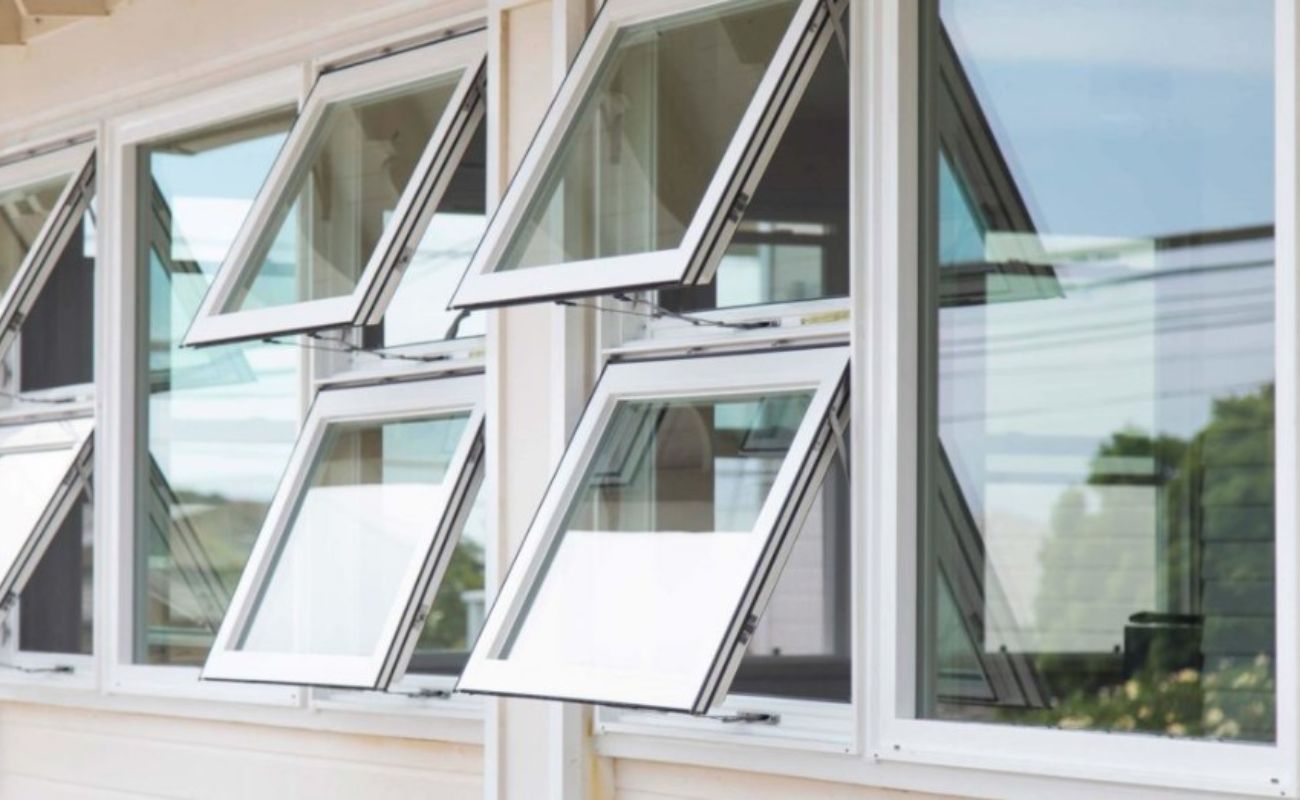
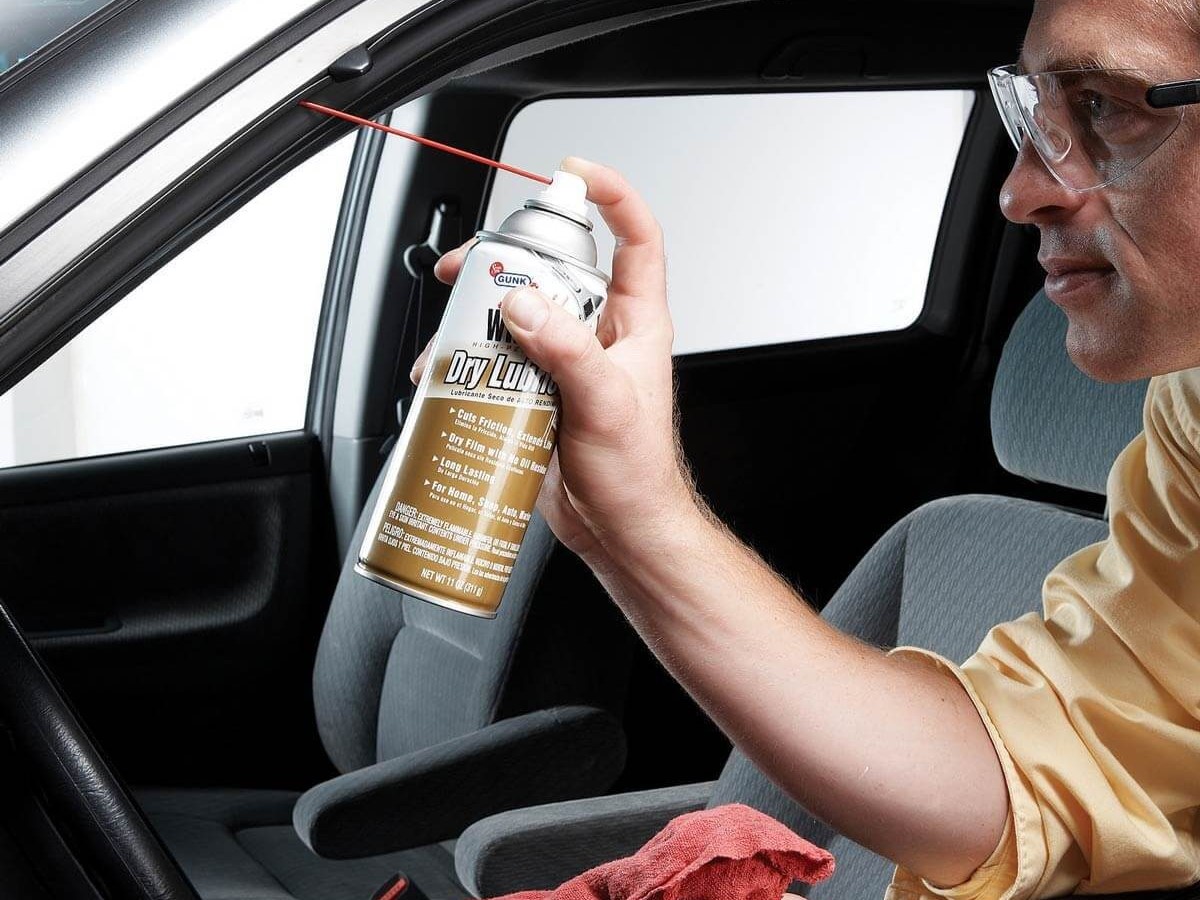

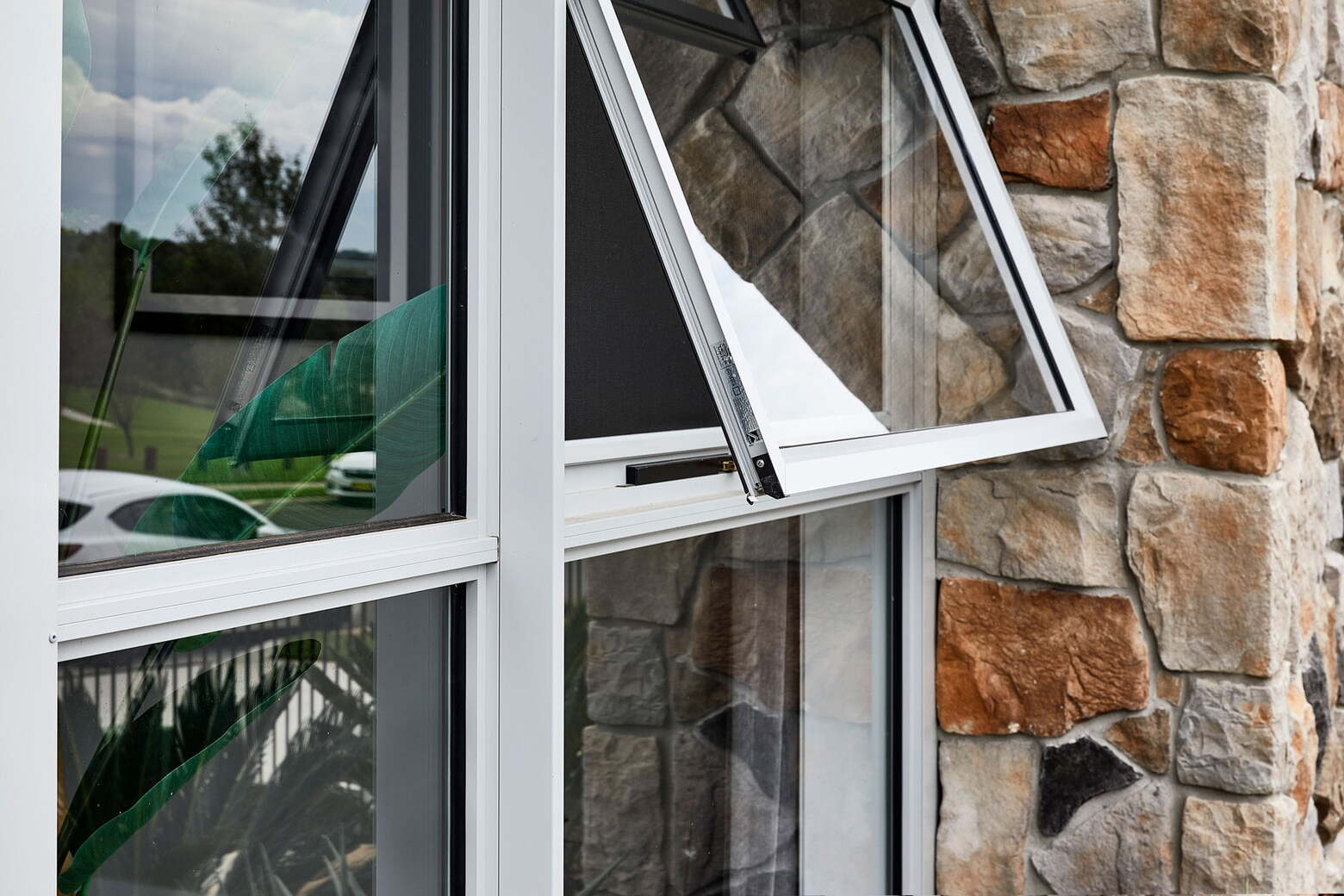

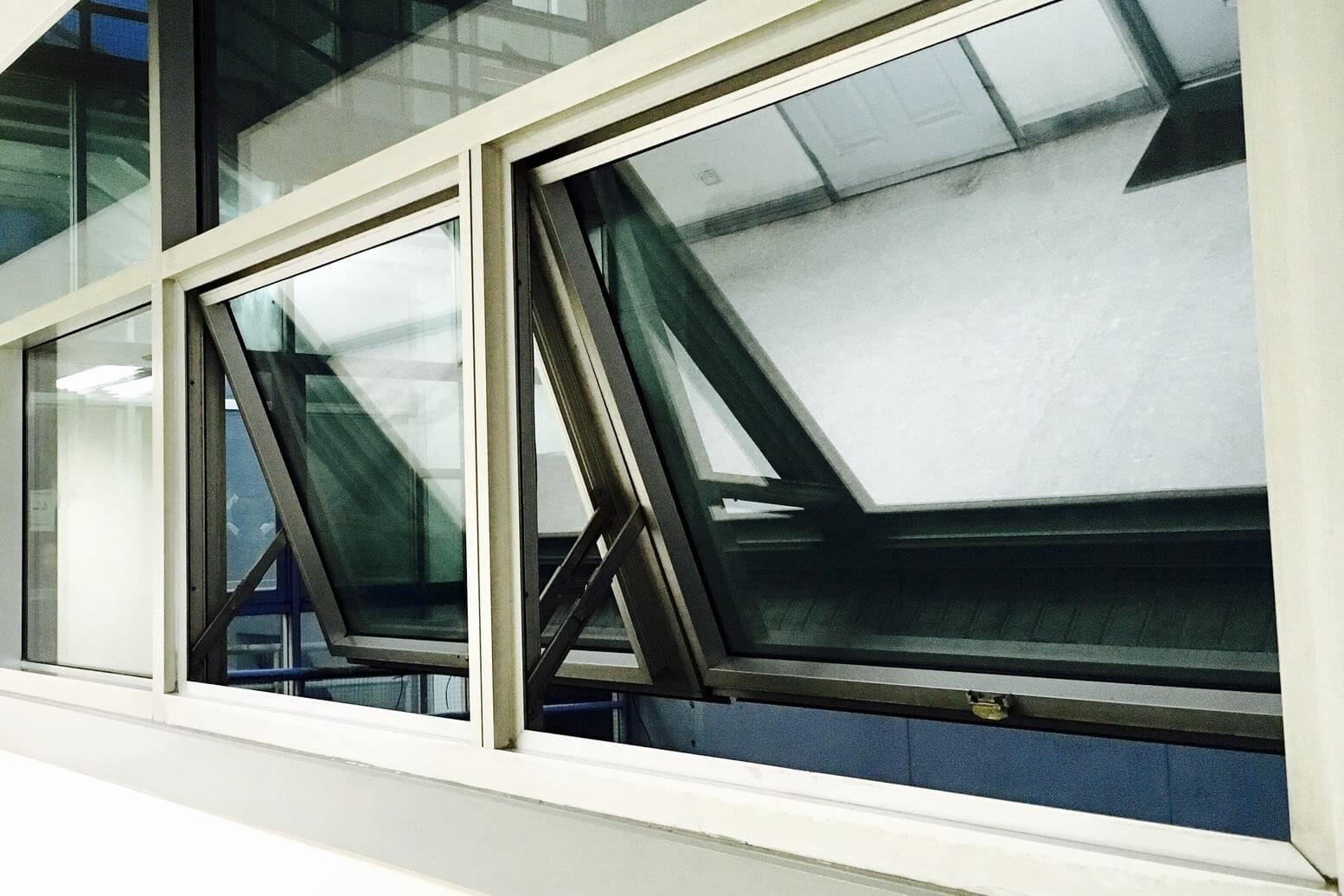

0 thoughts on “Window Repairs & How-To”